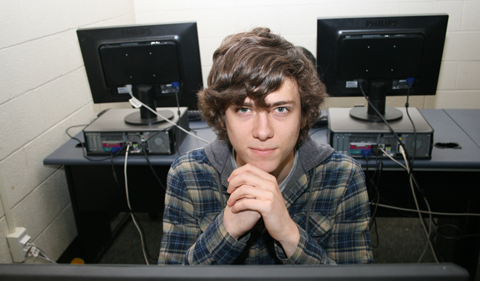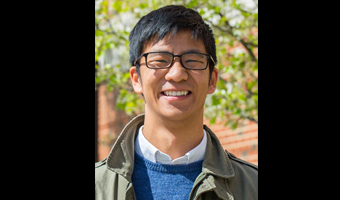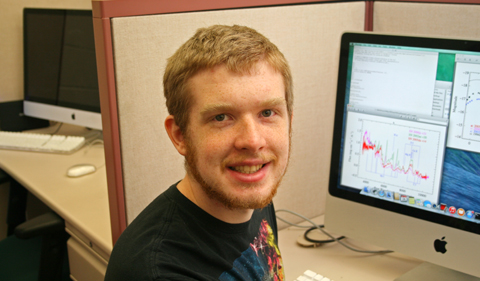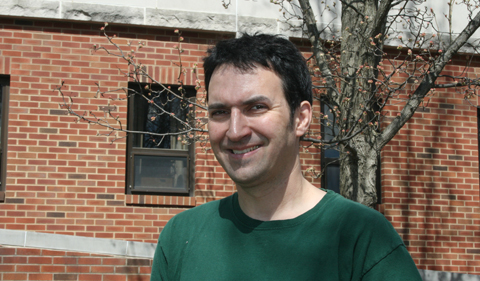
Heath Scherich
By Heath Scherich
(B.S. Physics, Class of 2018)
I researched the theory of atoms in molecules during the summer 2015 with the help of Dr. David Drabold, Distinguished Professor in Physics & Astronomy.
I was able to explore some of the tools that allow scientists to make detailed predictions about materials in the real world by running CPU-intensive simulations on small molecular clusters. One program called SIESTA, the Spanish Initiative for Electronic Simulations with Thousands of Atoms, was pivotal in working out the intense math behind detailed quantum mechanics calculations on atoms in clusters.
Running a simulation required me to have an understanding of the nature of the simulation and how initial conditions are fed into SIESTA to get some sort of meaningful output. At the same time, I had to be cautious and exact in the way I generated new initial conditions, moved data across file formats, and set up scripts to automate different parts of the process. One slip-up could render a weekend of simulations useless.
Getting to a point where I had an idea of what I was doing took a good bit of studying and reading. One of the first things I did was absorb a FORTRAN77 textbook to understand this mythic language that has its roots in computational study. While working I always kept the documentation for the language and SIESTA close by.
The programming aspect of my research was mostly contained in using computers as a tool to generate mass amounts of data to be further processed and understood. I was able to use the data to try and confirm the results published in recent literature about silicon clusters.
The entire process of building data on silicon clusters allowed me to develop a working knowledge of the entire computing process, from gathering to manipulating and analyzing data for trends. I was able to create functions from a great dataset of discrete values, build a mathematical background along with flex my technology skills.
Heath Scherich – 2015 Intern with Dr. David Drabold – sophomore at Ohio University – College of Arts & Sciences – physics major



















Comments